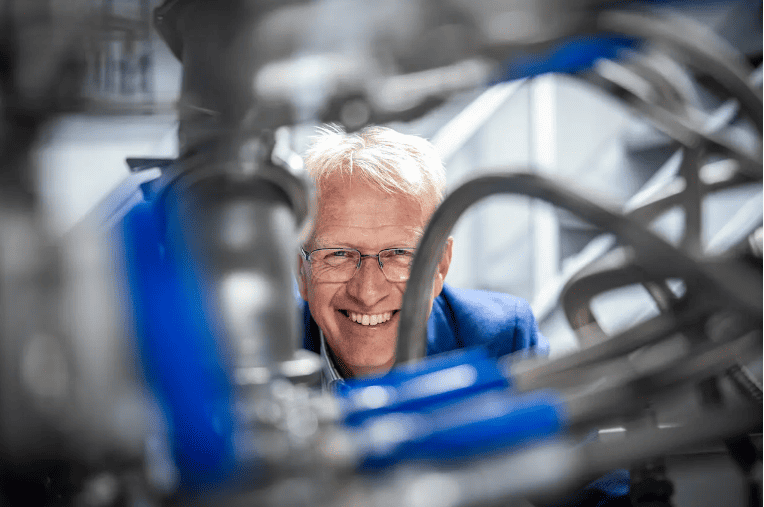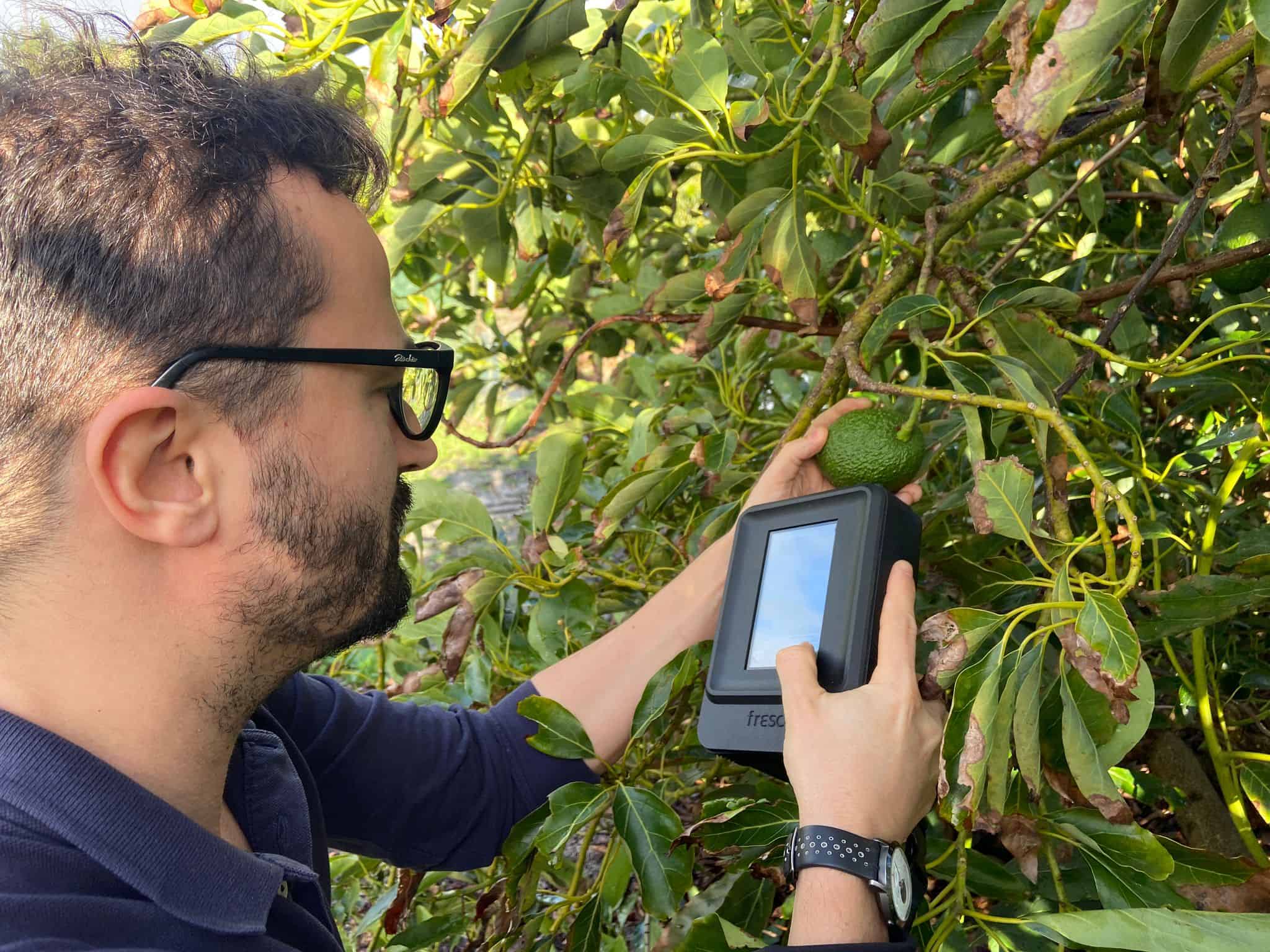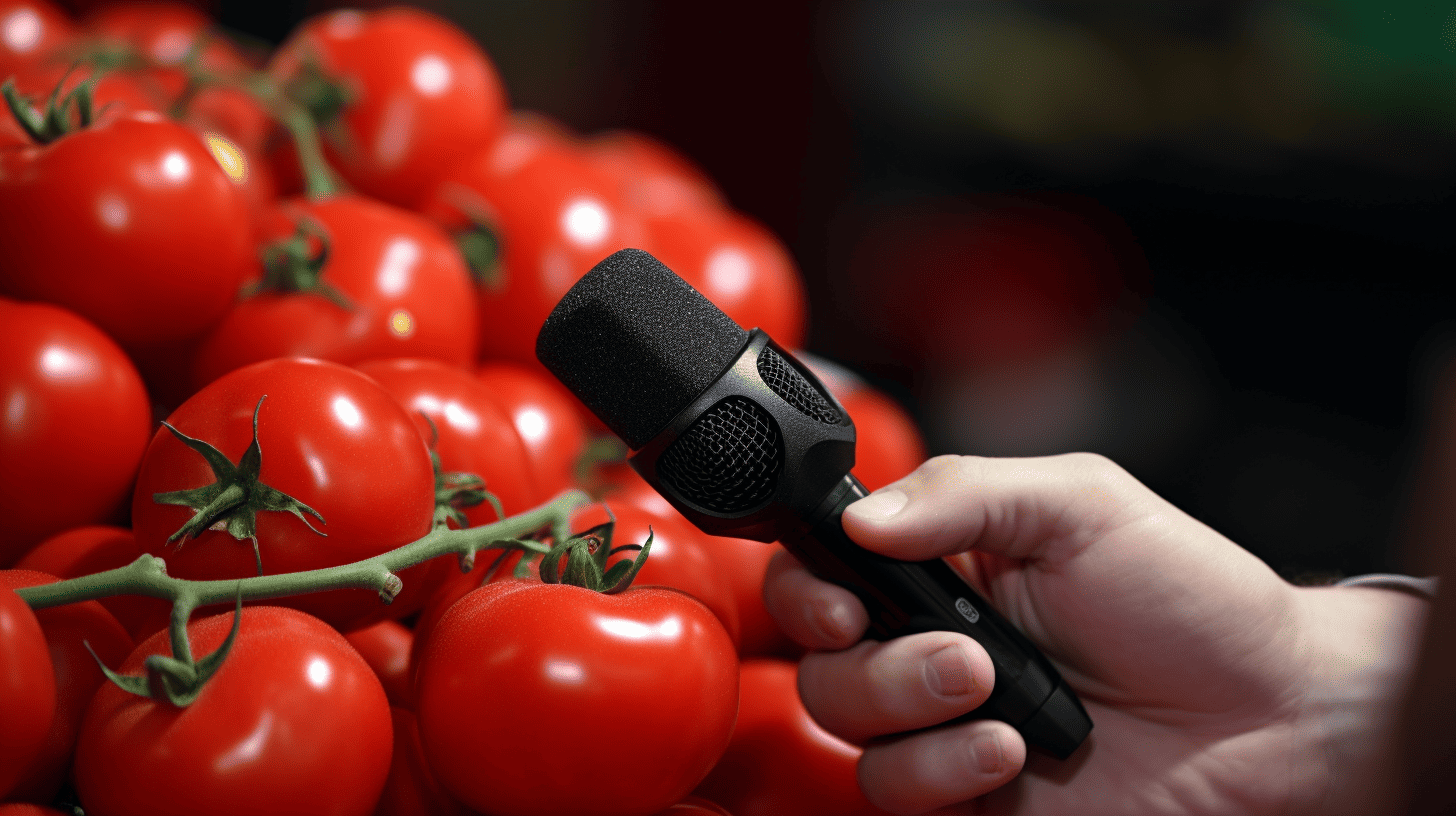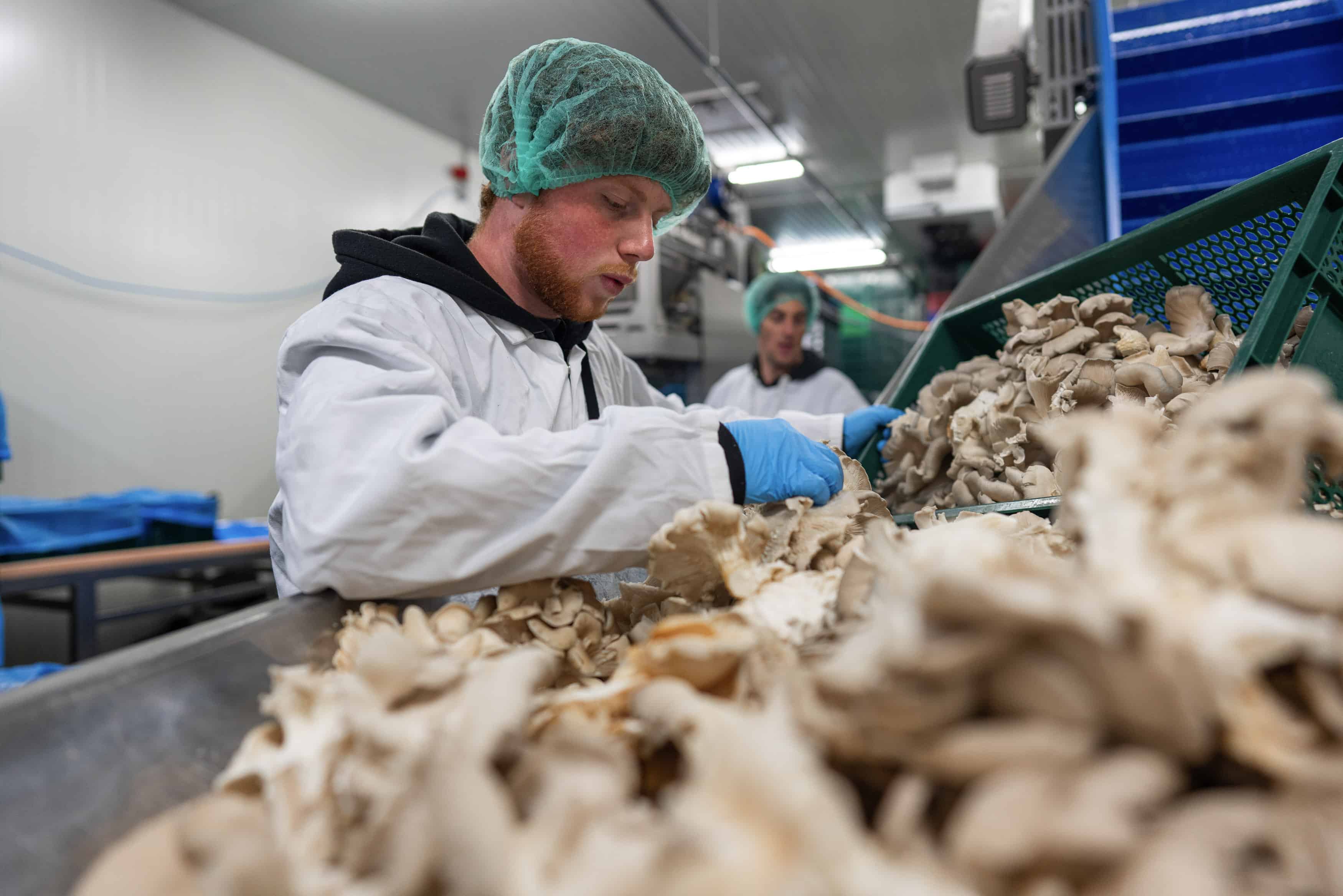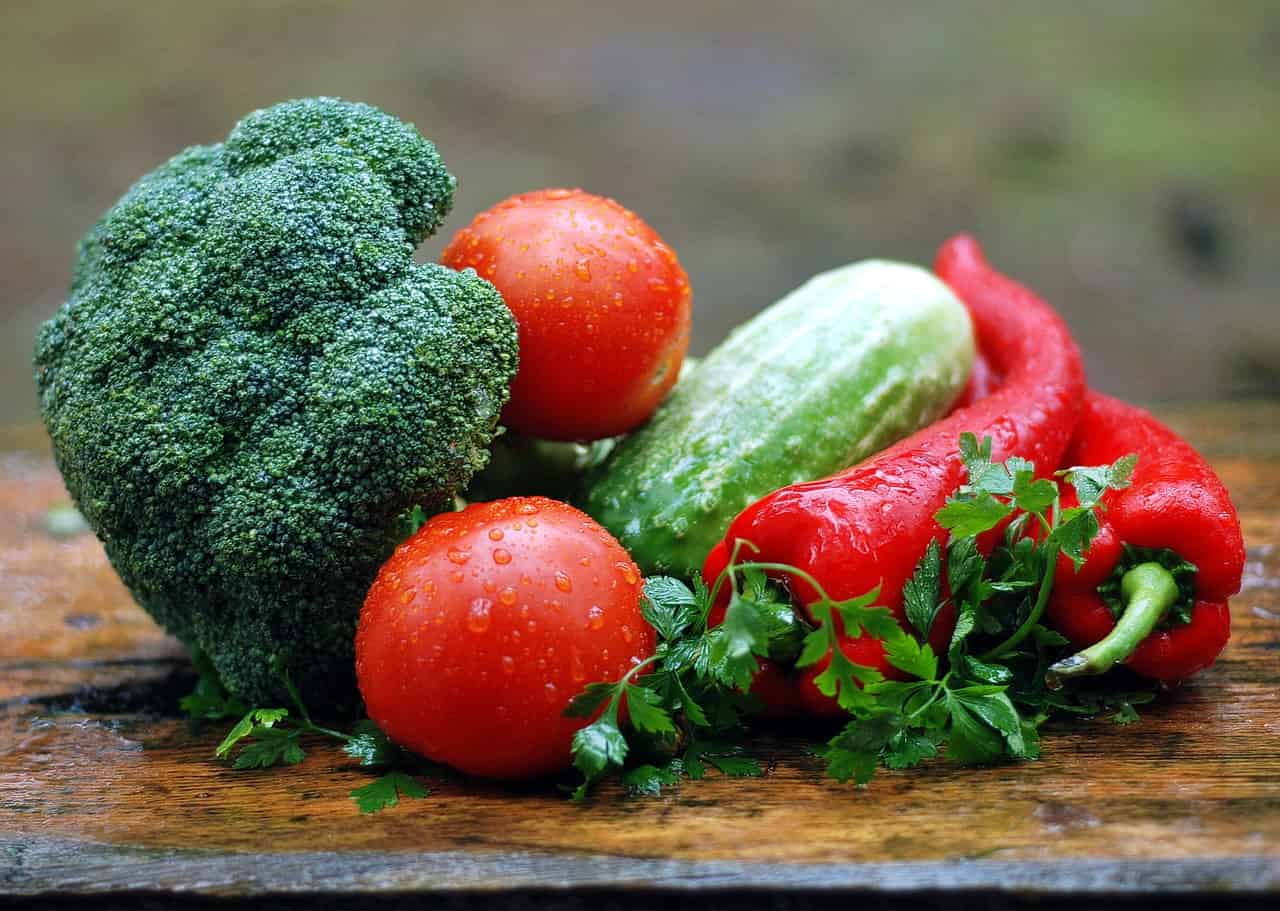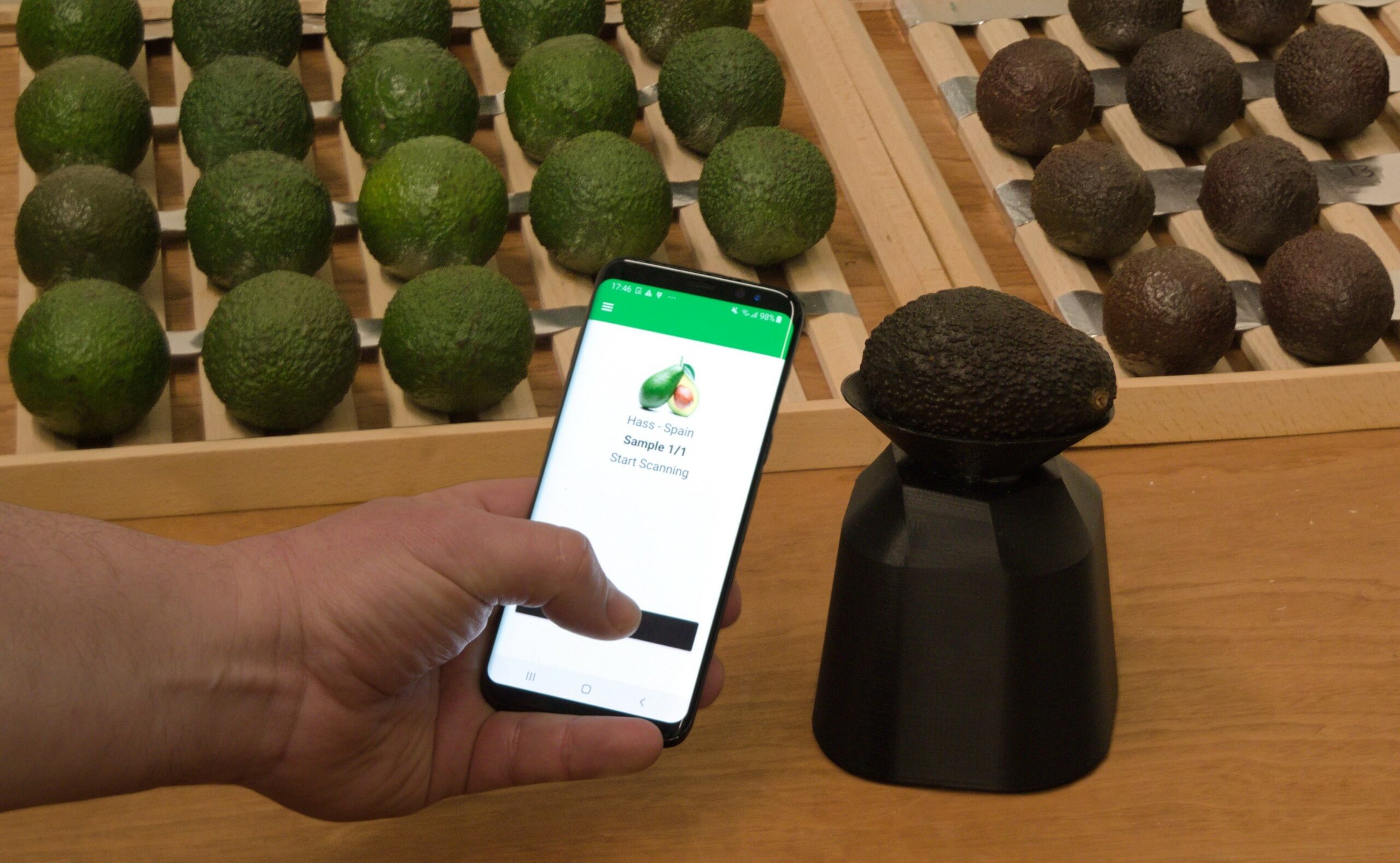
In the fight against food waste, a scanner developed by start-up OneThird can help predict the shelf life of fruit and vegetables. All supply chain partners are important here, from grower to consumer.
OneThird is aptly named, given that about one-third of food is not used for its intended purpose. It gets thrown away instead of being consumed. People are not always aware of the impact this has, contends Marco Snikkers, founder and CEO of OneThird.
“Ten percent of CO2 emissions are attributable to food waste. This makes it the largest contributor to these emissions. Preventing food waste is an easy way to achieve less CO2 emissions.”
OneThird has grown since its inception in 2019 as part of the UK-based Halma group and also since becoming independent in 2020. The first contract signed with a major client this year marks the provisionary crowning achievement.
How did it start out?
“At the moment, a very clear movement is underway which is geared towards preventing food waste. Major companies in the food industry, for example, support the United Nations‘ goal of halving this kind of waste by 2030.”
Monitoring food
“The food industry found that quality parameters are not monitored properly. Shelf life is basically completely unknown especially where for fruit and vegetables are concerned. By providing information about shelf life, better decisions can be made in the food chain which ultimately improves the quality in stores. So that you don’t end up with fungus on strawberries nor avocados that are already brown when you buy them.”
An optical technology that does not adversely affect the product is what forms the basis for the system used by OneThird. Altogether, this comprises a handheld scanner (spectrometer), artificial intelligence, algorithms that predict shelf life and a platform where this data is shared.

The technology stems originally from the medical world and also proves suitable for scanning fruits and vegetables to find out how long they will last.
“We send infrared radiation through fruit, for example. This produces a chemical fingerprint, which we can use to ascertain their biological status. Photos are also taken of what the outside looks like. Using the data and algorithms that this combination of information yields makes it possible to predict shelf life.”
Users
Its users include inspectors at growers, distributors, wholesalers and retailers. They are able to make better decisions with information about shelf life that is instantly available. Will the product make it to the store – or is it possibly fit for export? Or is it no longer good enough, but can still be used for processing in sauces or a salad?
Also, where needed, price agreements can be made based on these objective quality characteristics and the purchasing policy can become more dynamic this way. “When is the best time to get strawberries from Spain? We are used to being able to get everything all year round. By comparing the information from different countries, the chain is able to make objective choices.”
After building up databases that contain qualitative data -what is known as a ‘digital twin’ – OneThird now has a high enough level of validation to deem the scan as reliable for strawberries, tomatoes, avocados and blueberries. OneThird is working on expanding the databases so that the system can be applied to ten product types in actual practice by the end of 2023.
Consumers can also scan fruit and vegetables in the future
For the general public, the supermarket in particular is a familiar, important player. Snikkers: “Large supermarkets normally have an agri-food quality officer, but slightly smaller supermarkets do not. Every employee becomes an expert inspector thanks to our tool. This allows them to get an idea of the quality of fruit and vegetables.”
“It is possible to determine how long these foods can be kept in the store. When should a discount be given? Or whether it should be removed from the shelves after all for delivery to food banks, so that it doesn’t go to waste.”
In the future, even consumers can use a smartphone and an app to find out how ripe an avocado is. For instance, so they can decide to keep it longer or eat it right away.
This future option would be of great value, Snikkers notes. “The sensors are there to integrate that info into a smartphone, but is it interesting enough for producers to provide an app? Consumers still waste a lot of food. They need to be more aware of how long fruit and vegetables can still be consumed. What if you buy two punnets of strawberry punnets on sale but don’t eat them soon enough? Use your smartphone to test their shelf life in time!”
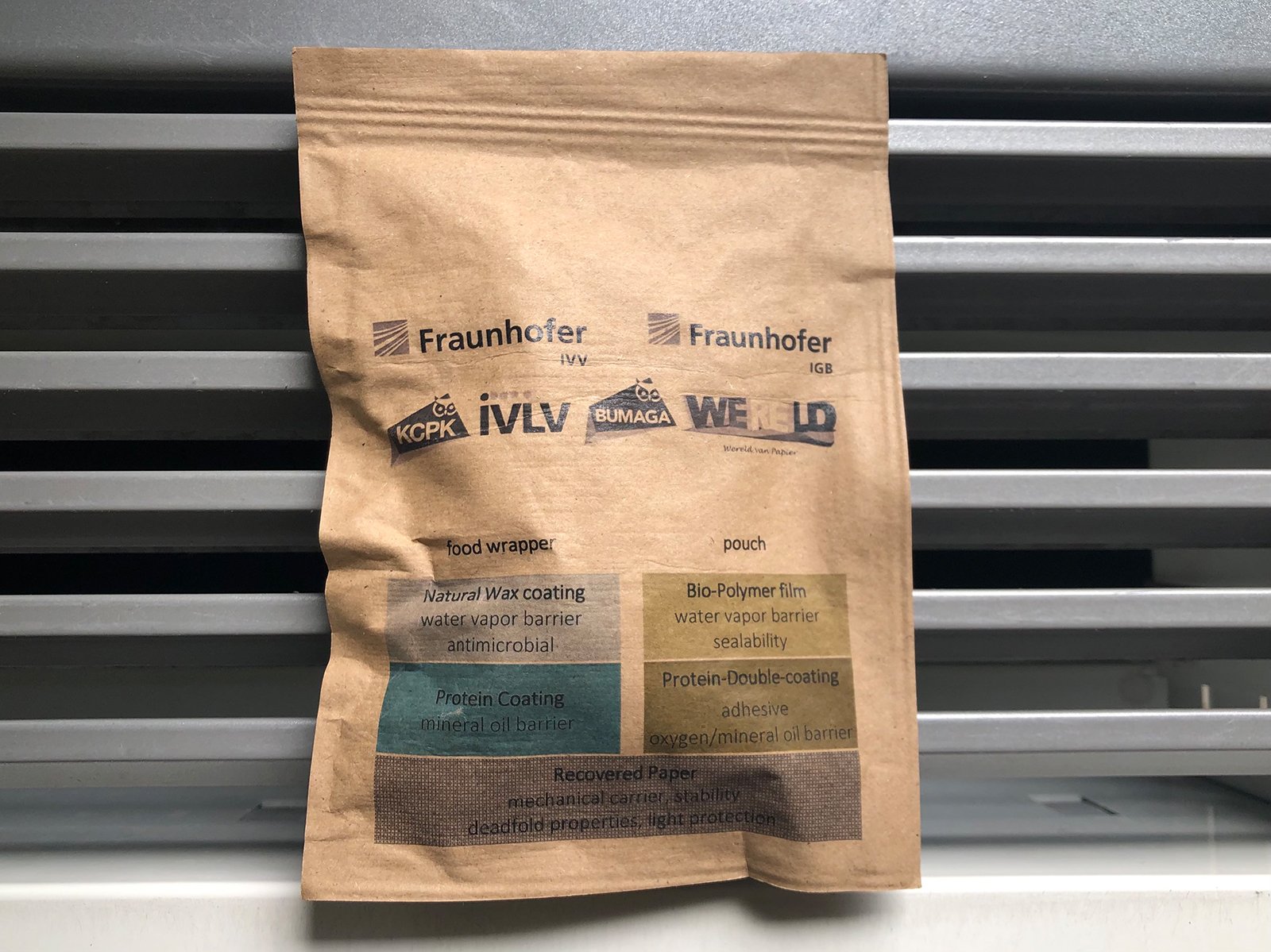

220 – 25 percent less food waste
Scaling up OneThird is going more quickly than expected, according to Snikkers. It raised 1.5 million euros in funding last year to help expand the company. A new round of investment is set to follow this year. The workforce has since grown from four to 10 people. The biggest success so far, he claims, is a contract with a major player that went into effect this year. Its name may not be disclosed yet.
“We are seeing definite interest from market leaders in North America and Europe. We estimate that 20 to 25 percent of today’s waste can be prevented by using our tool. That means a substantial cost savings for our customers.”
A great deal of time and effort goes into validating and implementing the technology. “Customers want to test the system and see the benefits themselves. And testing new technology takes time. Building the digital twin database for that is really intensive.” The focus is on the food chains of supermarkets. Snikkers: “The full flow of qualitative information has been digitalized with our software platform and dashboards. In principle, it is possible to know at any given time and at any stage how good or bad a product still is.”
The Dutch Food Waste Foundation
Toine Timmermans, director of the Samen Tegen Voedselverspilling Foundation (United Against Food Waste) commends the new technology. “In itself, the optical capabilities are not new, but the application with the help of faster computers for this purpose certainly is. The longer the chain, the more advantageous this scanning equipment is. For example, for subtropical products that, after being harvested, go on a long journey and undergo inspection, sorting, transport, etc.”
Throughout the chain, he explains, Dutch supermarkets are already doing relatively well. They are are even ahead of schedule on the Dutch timetable for halving food waste. “The challenge primarily lies with the suppliers and the consumers themselves.”
Professional use of the scan by suppliers is already possible, however as he points out, this it is not as easy for consumers. “It’s not a dummy technique, it’s complicated. I also happen to know more about it because it’s my former profession. You measure light, in which case you always need a reference model. It’s an indirect way of taking measurements which involves calibrating the system.”


